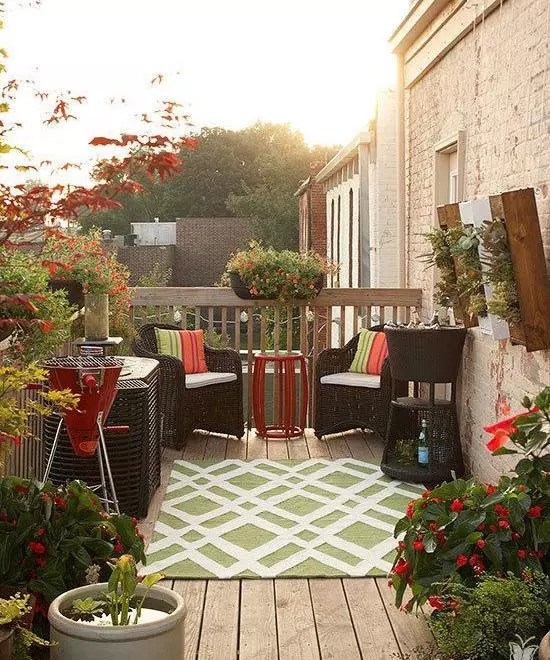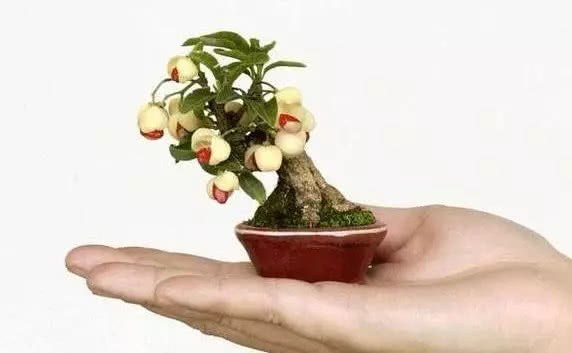Who says soilless cultivation of flowers is not fat? the collection of mysterious matrix recipes is necessary.

In the last issue of "planting on the balcony", we talked about thirteen kinds of common substrates for soilless cultivation.
In the last section of the article, the "composite matrix" is mentioned, that is, according to the twelve single substrates introduced above, according to the needs of plants, the proportion of water vapor in the substrate is more suitable for the root growth of the plant.
When "composite matrix" is used, it is very good!
This is like, different colors are wonderful, proper mixing, will make a beautiful picture. Of course, we also need an excellent painter to guide the process and rhythm of this picture.
Ha, isn't that a little mysterious? Let's go back to the formula of "composite matrix", which is what the director of the station called "the painter's guidance."
Types of composite matrix
What is made of inorganic matrix is called inorganic composite matrix.
What is prepared with organic matrix is called organic composite matrix.
It is called inorganic-organic composite matrix which is made up of inorganic and organic matrix.
Commonly used inorganic composite matrix
1. Ceramsite and perlite are 2 ∶ 1 matrix.
It is suitable for planting all kinds of flowers with stout or fleshy roots.
two。 Vermiculite and perlite are 1 ∶ 1 matrix.
Improve the ventilation condition, suitable for cutting substrate.
3. Slag and sand matrix of 1 ∶ 1
It can be used as cutting or cultivation medium.
Commonly used organic and organic composite matrix
1. Peat, vermiculite and perlite are the matrix of 2 ∶ 1 ∶ 1.
High water content, often used in foliage plant cultivation.
two。 Peat and perlite are 1 ∶ 1 matrix.
It is used as cutting substrate.
3. Peat, perlite and sand are 1 ∶ 1 ∶ 1 matrix.
Used for potted plants.
4. Peat and slag are 1 ∶ 1 matrix.
Used for potted acid-loving plants.
5. Peat and vermiculite are 1 ∶ 1 matrix.
Used for cutting propagation.
In fact, these substrates are easy to collect or buy. Taiwan friends can use them together according to their own needs of growing flowers.
Planted on the balcony.
All right, that's all for today. If you have any questions, please leave a message in the message area below.
I don't know if what the station director said was clear and detailed. For those Taiwanese who do not understand it, the director has written a hidden poem for you. It may not be well written, but it can help you find the director.
More wonderful articles are found in a Tibetan head poem:
The breeze caresses the flowers
Wander through Nanshanyang
Sou Qi Qiao Bronze Sparrow platform
Plant red plants on the green clouds
-- to challenge: four poems with hidden head and tail, the first word is connected with the last word, you can get the eight-character motto and summon the head of the stage to be real! Remember to say when you come: "Director, I have cracked your secret."
There is no end to learning on the balcony.
- Prev

Changing the flowering period of potted plants is like a miracle, but if you learn these four techniques, you can do it.
Plant it on the balcony and enjoy it. Perhaps the only regret is that the plants on the balcony cannot reproduce on their own like the plants that flourish in the wild. The main reason is: First, because of the narrow flowerpot...
- Next

The fingertip bonsai looks good but grows slowly, which is a reminder that we need to learn some fertilization techniques.
Planted on the balcony, it attracts a lot of fans who like "fingertip bonsai". Taiwan friends were properly conquered by this small and perfect creature. Many Taiwan friends also follow the steps of the director's article, choose the material to make fingertip bonsai, period.
Related
- Wuhan Hospital Iron Tree Blooming Result Was Instantly Frightened by the Gardener Master
- Which variety of camellia is the most fragrant and best? Which one do you like best?
- What is the small blue coat, the breeding methods and matters needing attention of the succulent plant
- Dormancy time and maintenance management of succulent plants during dormancy
- Minas succulent how to raise, Minas succulent plant pictures
- What are the varieties of winter succulent plants
- How to raise succulent plants in twelve rolls? let's take a look at some experience of breeding twelve rolls.
- Attention should be paid to water control for succulent plants during dormant period (winter and summer)
- Watering experience of twelve rolls of succulent plants
- Techniques for fertilizing succulent plants. An article will let you know how to fertilize succulent plants.

